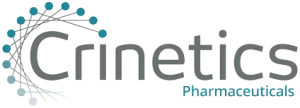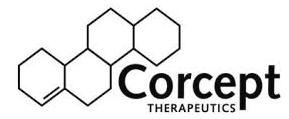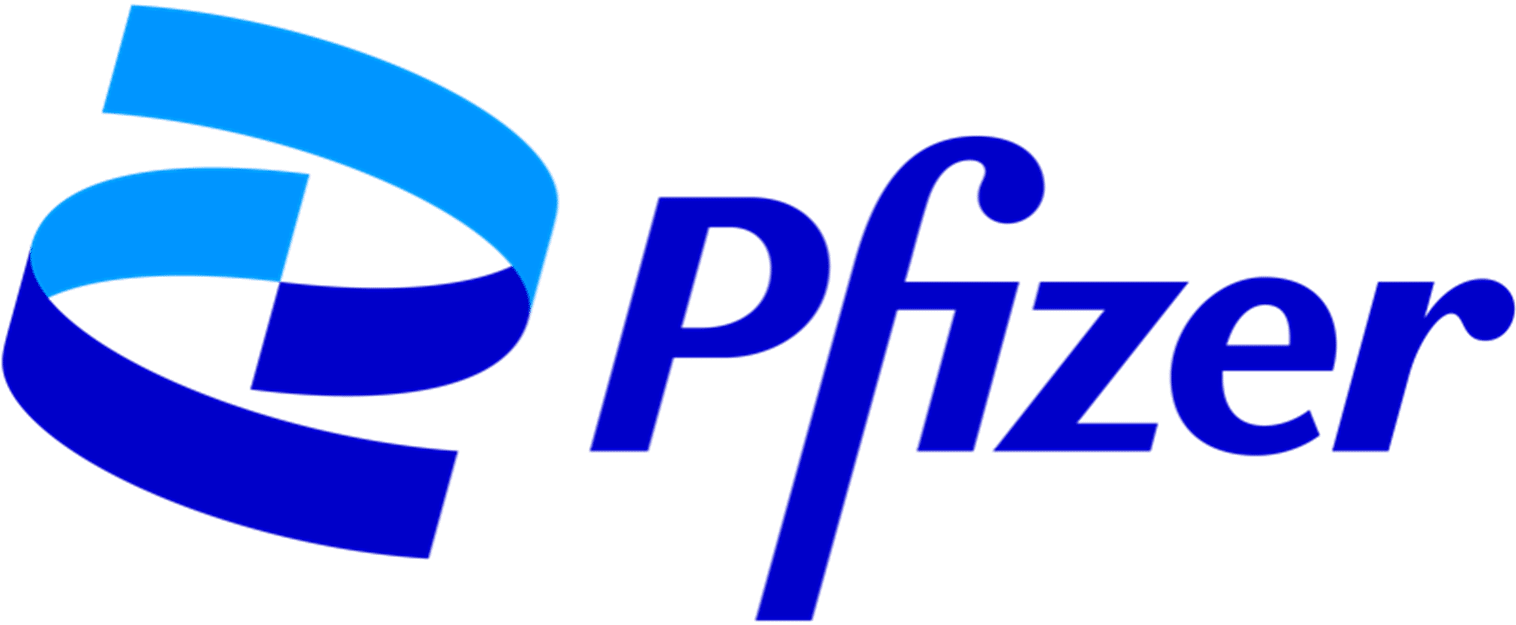Acromegaly
Symptoms and signs may include:
- Soft tissue thickening of the palms of the hands and soles of the feet
- Enlargement of hands (ring size), feet (shoe size) and head (hat size)
- Enlargement of forehead (frontal bossing) and jaw (prognathism) with pronounced under- or overbite, spreading teeth, and enlarging tongue
- Carpal tunnel syndrome
- Arthritis
- Oily skin and excessive sweating
- Tiredness, fatigue, depression
- Impotence, loss of libido
- Interrupted menstrual cycle (amenorrhea)
- Lactation (galactorrhea)
- Heart disease and heart enlargement (cardiomegaly and left ventricular hypertrophy)
- Hypertension
- Diabetes mellitus
- Sleep apnea
- Loss of vision
- Headaches
- Colon polyps and colon cancer
Diagnosis
The diagnosis of acromegaly is confirmed by demonstrating elevated levels of both GH and insulin-like growth factor-1 (IGF-1). IGF-1 is growth hormones target hormone, also known as somatomedin-C. Lack of suppression of GH to oral glucose administration (glucose tolerance test) is often used to confirm excess GH production. Following the biochemical confirmation of acromegaly, a MRI of the pituitary should be performed to confirm the presence of a pituitary adenoma. Comparison of old and recent photographs will often demonstrate the marked change in facial appearance of patients who develop acromegaly.
Treatment
Surgery
Acromegaly is traditionally treated with transsphenoidal pituitary surgery and adenoma removal. However, cure may be difficult to achieve in patients with particularly large or invasive tumors. In such instances, medical therapy and/or radiation therapy may be necessary to control GH levels. In general, the higher the pre-operative GH level, the lower the chance for cure. Long-term cure of acromegaly after transsphenoidal surgery is seen in approximately 80-85% or patients with microadenomas (tumors less than 1 cm in size) and in approximately 50-60% of patients with macroadenomas (tumors greater than 1cm)
Medical Therapy
For patients with persistent GH elevation after surgery (or those who decline to have surgery), Octreotide (Sandostatin) or stereotactic radiosurgery or both are generally indicated. Octreotide (given three times a day by injection or by one monthly injection) achieves long-acting suppression of GH in about 70% of patients. It causes some degree of tumor shrinkage in 30-50% of patients, and often improves symptoms of soft tissue swelling, headache, joint pains and sleep apnea. The preoperative use of Octreotide may facilitate tumor removal and lessen the risks of general anesthesia. Side effects may include loose stools, malabsorption, cholelithiasis (gall stones), local pain at the injection site. Bromocriptine (Parlodel) and Cabergoline (Dostinex) are “dopamine agonist” pills which lower GH secretion in about 15% of acromegalic patients. The major side effect is gastrointestinal upset. Growth hormone lowering and tumor shrinkage are seen in only 10 – 15% of patients with acromegaly.
Pegvisomant (Somavert) is approved for the treatment of acromegaly. This drug is generally self-administered as a daily injection and blocks the actions of GH. Although it is very effective in lowering IGF-1 levels, it does not shrink the pituitary tumor. In rare cases, elevations of liver tests have been reported.
Somatuline® Depot (lanreotide) is indicated for the long-term treatment of acromegaly in patients who have had an inadequate response to surgery and/or radiation, and for patients who cannot tolerate surgery or radiation. Somatuline® Depot is the latest advancement in acromegaly treatment and is the first somatostatin analogue available in a prefilled syringe that achieves effective and long-acting suppression of GH and IGF-1 levels in patients. Somatuline® Depot uses a shorter needle to deliver the injection deep subcutaneously, instead of into the muscle.
Common side effects of Somatuline® Depot include diarrhea, cholelithiasis, abdominal pain, nausea, injection site reactions, flatulence, arthralgia, and loose stools. In clinical trials, Somatuline was well tolerated with only 1.9 % of patients discontinuing therapy due to treatment-related adverse events.
MYCAPSSA®(octreotide) delayed-release oral capsules are indicated for long-term maintenance treatment in people living with acromegaly who have responded to and tolerated treatment with octreotide or lanreotide. MYCAPSSA is the first – and only – FDA-approved oral somatostatin analog (SSA). MYCAPSSA is proven to effectively maintain normal IGF-I and GH levels in the majority of patients. As an oral alternative to SSA injections, it can eliminate the need for a painful administration. For more information on MYCAPSSA visit www.mycapssa.com. MYCAPSSA should be taken twice daily with a glass of water on an empty stomach at least one hour before a meal or two hours after a meal. The most common side effects are headache, joint pain, nausea, weakness, diarrhea, and sweating. MYCAPSSA can also cause problems with the gallbladder and may affect your blood sugar, thyroid hormone, or vitamin B12 levels. Full Patient Information is available here: https://bit.ly/2UWx1Qz .
Radio-Therapy
For patients whose acromegaly is not controlled with surgery, both conventional (external beam) and stereotactic radiosurgery are relatively effective. However, the lowering of GH and IGF-1 levels takes significantly longer with external beam radiotherapy (average 7 years) compared to stereotactic radiotherapy (average 18 months). Also, external beam radiation reliably causes loss of normal pituitary function over 5 to 10 years. Neurologic complications such as visual loss, weakness, and memory impairment have rarely been reported with both external beam and stereotactic radiotherapy.






